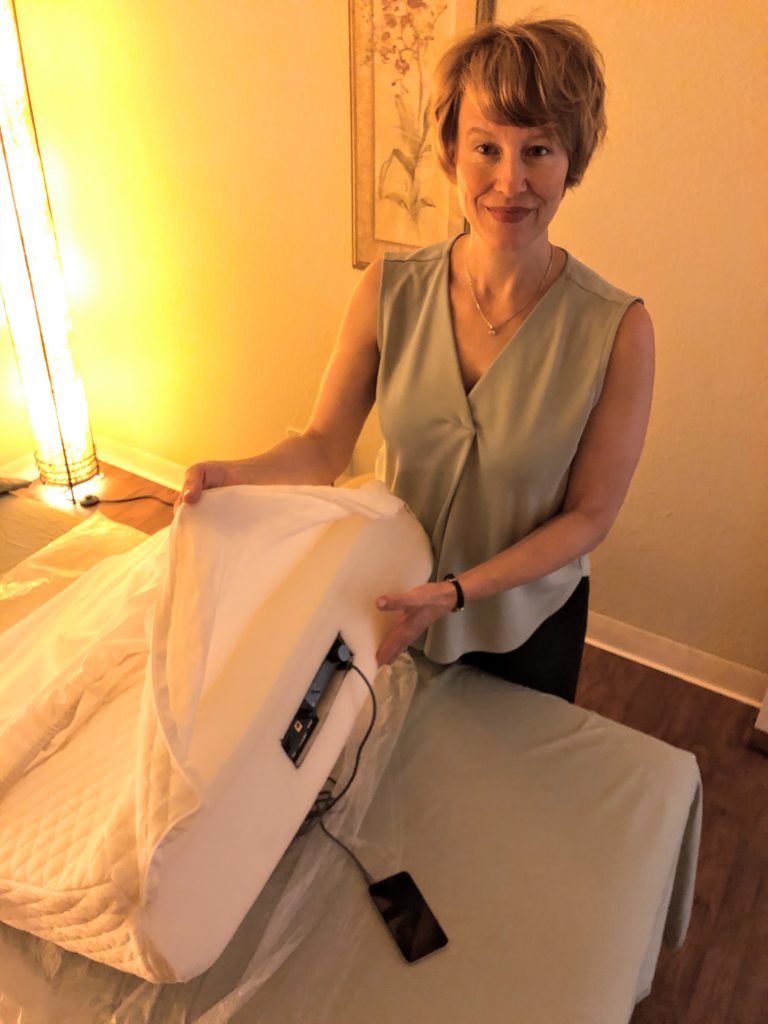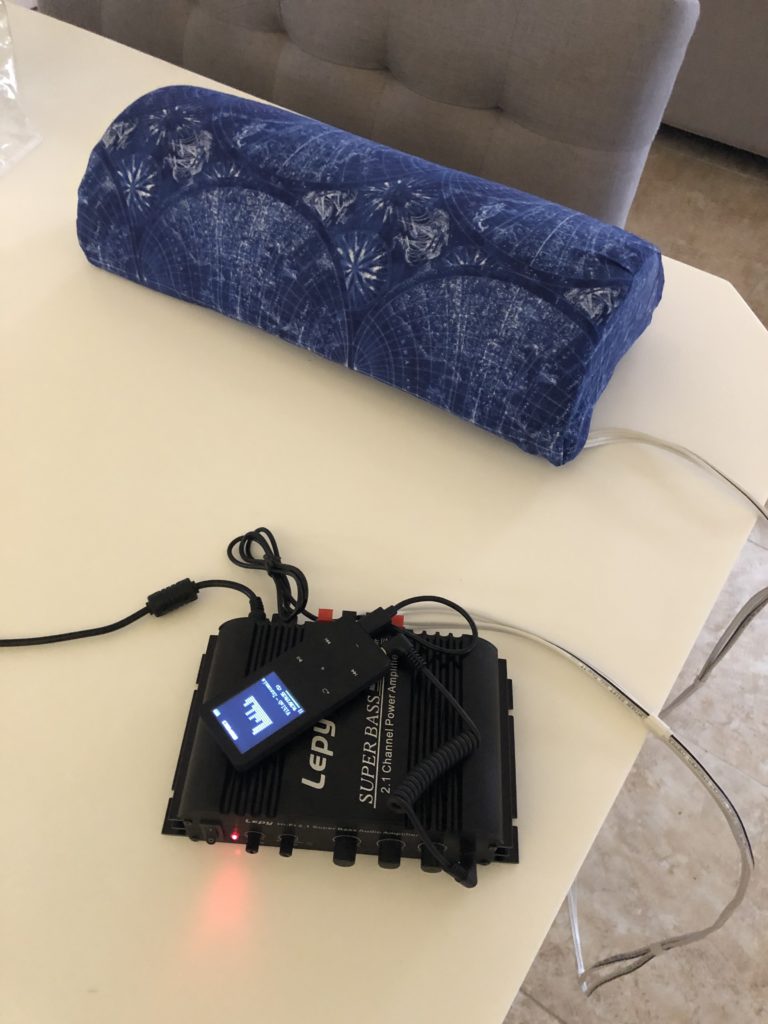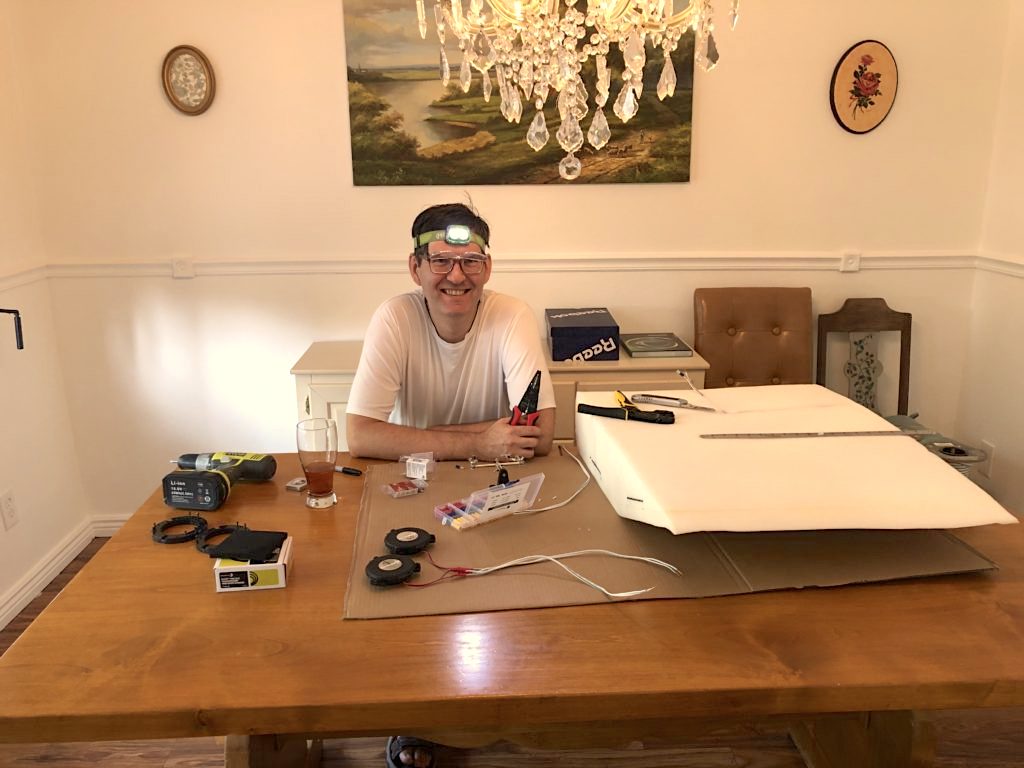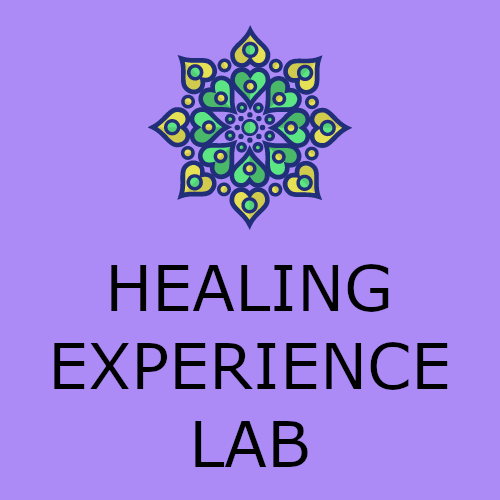My Path to VibroAcoustics
My interest in vibroacoustics started when I was reading a Nikola Tesla biography. Tesla supposedly developed a vibrating “earthquake” platform that worked via principles of resonant frequencies. He used this platform to shake the very foundations of his build and even tuned it to uh, cure Tesla’s pal Mark Twain of constipation.

Later, I was spending time with my friends at the Qualia Research Institute, and I was exposed to the subpac, which is a wearable tactile audio device, that functions as sort of a vibrating subwoofer to quietly enjoy the low frequencies of music.
When my wife, Nancy moved her acupuncture clinic into a new space in 2020, we had some extra space, so I decided to investigate some alternative therapies that we could use the extra rooms for. I recalled Tesla’s work and after googling vibration therapy, I came across vibroacoustics. The first article I read showed how to build you own simple vibration platform, and I was hooked.
I took an online class from the VIBRAC institute of Finland, and I started building devices. I built all sort of pillows, I used software to analyze the actual vibration frequencies and energy levels. I modified Nancy’s acupuncture treatment tables and she started using vibroacoustic therapy with her patients.
Now over a year later, we see that the pillows were largely a novelty. People love them but rarely take the time to set them up and use them. But the vast majority of Nancy’s acupuncture patients love vibroacoustic as an adjunct therapy. From this we have determined that the best use case is in a therapeutic setting, where the patient was scheduled to attend and doesn’t have to do any additional work to experience it.






